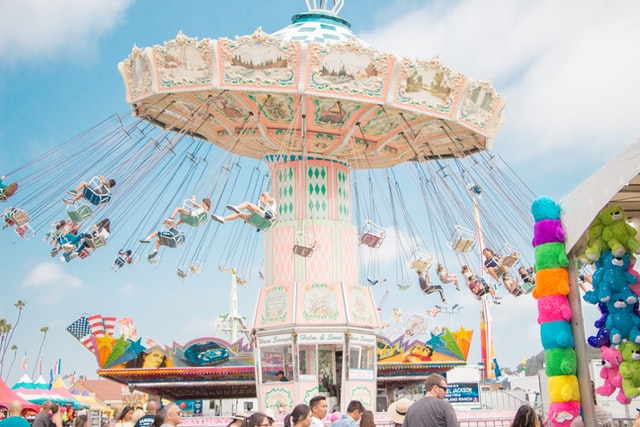Common Amusement Park Injuries
Amusement park rides can potentially put guests at risk of many different types of harm. However, certain types of amusement park injuries are particularly common. They include:
- Injuries to the neck, head, or back. These often occur on such rides as bumper cars. Roller coasters and spinning rides that whip guests around suddenly can also account for such injuries.
- Death, which is often the result of someone being thrown from a ride.
- Stroke, which can happen when the neck ligaments undergo trauma.
- Brain injury or aneurysms. Sadly, some rides involve G-forces that can place too much stress on the brain. On top of that, items such as phones can fly out of the pockets of riders, hitting others around them.
- Bone breaks, lacerations, and torn ligaments. Many types of amusement park rides account for this type of harm.
- Drowning, which is actually the second leading preventable cause of death in children under the age of 15.
Why Amusement Park Injuries Occur
Just as the types of injuries people sustain at amusement parks vary on a case-by-case basis, so do the causes. In general, though, causes may typically include:
Mechanical issues: It’s extremely important that amusement park owners properly maintain their rides and attractions. Of course, they don’t always take this responsibility as seriously as they should. In such cases, mechanical failures may occur, which can lead to injury for those on the rides.
Faulty operation: Even a ride that has been properly maintained can still harm people. This may happen if, for instance, the person operating the ride does so unsafely. An example of this might be an operator stopping the ride abruptly.
Passenger negligence: It’s worth noting that amusement park injuries aren’t always the result of negligence on the part of owners or employees. It’s also crucial that guests heed all safety warnings. Sometimes, injuries occur when guests fail to use safety restraints properly, stand up in the middle of a ride, try to retrieve lost items dangerously close to a ride while it’s in operation, etc.
The ride’s nature: There are also instances when no error contributes to an injury. The ride is in proper condition, the operator was doing their job responsibly, and riders took all recommended safety steps. Despite this, the very nature of a ride can sometimes put people at risk of harm regardless. For example, a ride that involves very fast movements can cause dizziness or headache in many. In some cases, these symptoms are linked to an actual injury.




